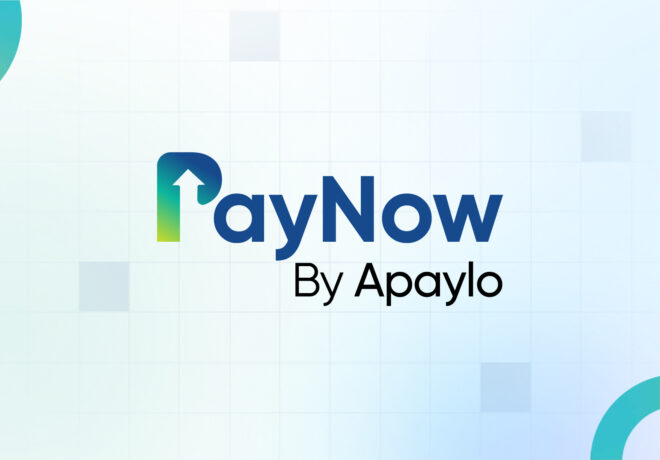Over the past few weeks, we have discussed different types of payment systems and how they work. Both EFT (Electronic Funds Transfer) (https://www.apaylo.com/post/what-you-need-to-know-about-eft-electronic-funds-transfer-in-canada) and ACH (Automated Clearing House) (https://www.apaylo.com/post/the-advantages-of-using-ach-transfers-for-individuals-and-businesses) are payment systems offered by Apaylo to our clients- and each have their own set of advantages- namely cost and time savings.
In Canada, there is another option of sending and receiving funds which has become extremely popular in recent years due to its low cost, convenience, and quick transfer time. E-Transfer is one of the fastest ways to send money- to either a person or a business- with funds typically arriving within minutes of being sent. E-Transfers can be sent to and from any Canadian financial institution- with most placing a $3,000 per day limit on funds being sent. Most banks charge a flat fee of around $1-2 per transaction, however in 2020, some banks (such as TD Canada Trust) have waived that fee for some of their customers- making E-Transfers a free method of sending funds in Canada.
The most significant drawback to using E-Transfer is the $3,000 per day transaction limit- whereas customers can send more than $3,000 using EFT- making EFT a more ideal service than Interac for transferring large amounts of money.
On August 10, the Bank of Canada made news when it officially designated Interac E-Transfer as a ‘prominent payment system’: https://www.bankofcanada.ca/2020/08/interac-e-transfer-prominent-payment-system/#:~:text=Bank%20of%20Canada%20Governor%20Tiff,method%20of%20payment%20for%20Canadians.
This is a significant move in recognizing Interac e‑Transfer becoming a central player in Canada’s payment systems. In 2019 alone, the Interac system facilitated over 486 Million transactions, totaling $169 billion.
With E-Transfer now being designated under the Payment Clearing and Settlement Act, this provides Canada’s central bank more oversight of E-Transfer- to ensure that it remains a “safe, viable, and effective method of payment for Canadians.”
In Canada, all payment systems are routinely monitored by the Bank of Canada (we had written a previous blog on the functions of Canada’s central bank: (https://www.apaylo.com/post/the-function-of-canada-s-central-bank-and-how-it-relates-to-fintechs), and receiving the prominent payment system designation means that a particular payment system has become so widely utilized in Canadian financial transactions that any disruption to the service could have adverse impacts on the economy.
Given the size and scope of Interac and the payments it processes, a systemic disruption or failure could result in negative ramifications to Canada’s payment systems and infrastructure- and fully recognizing this potential scenario, this is why the Bank of Canada has moved to designate it as a prominent payment system- so that it can operate under the Bank of Canada’s umbrella, subject to their regulations and oversight.
This is a move that should provide more inherent strength and stability to the Interac E-Transfer payment system; as in the past, system outages that lasted for hours or even days caused a great deal of inconvenience to the users looking to both send and receive money. Now, Interac E-Transfer is finally recognized as a top-tier payment system in Canada, and will be subject to the same set of rules that other players in the payments space are- which should be a win-win scenario for all parties involved.
If you are interested in E-transfer payment services, contact us to get you started.






